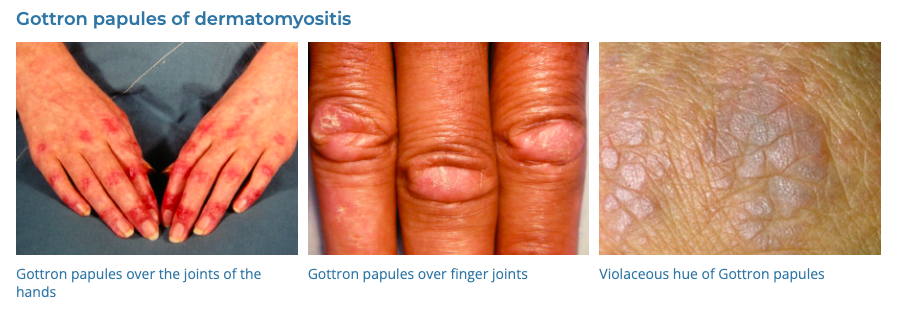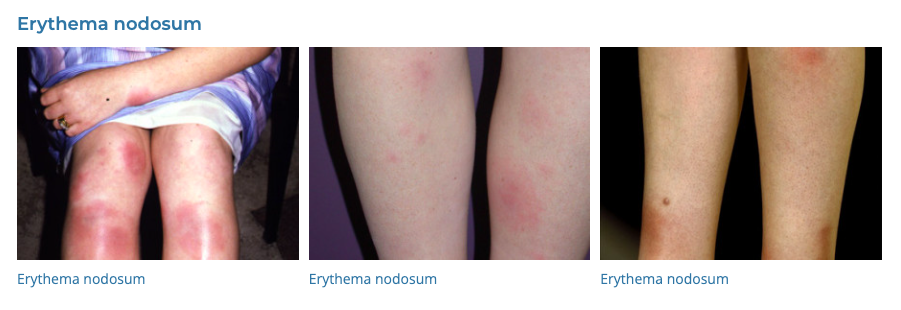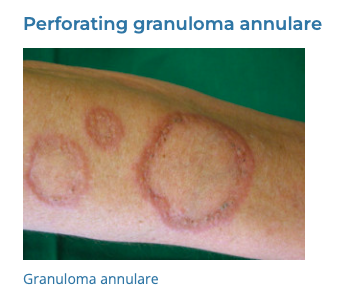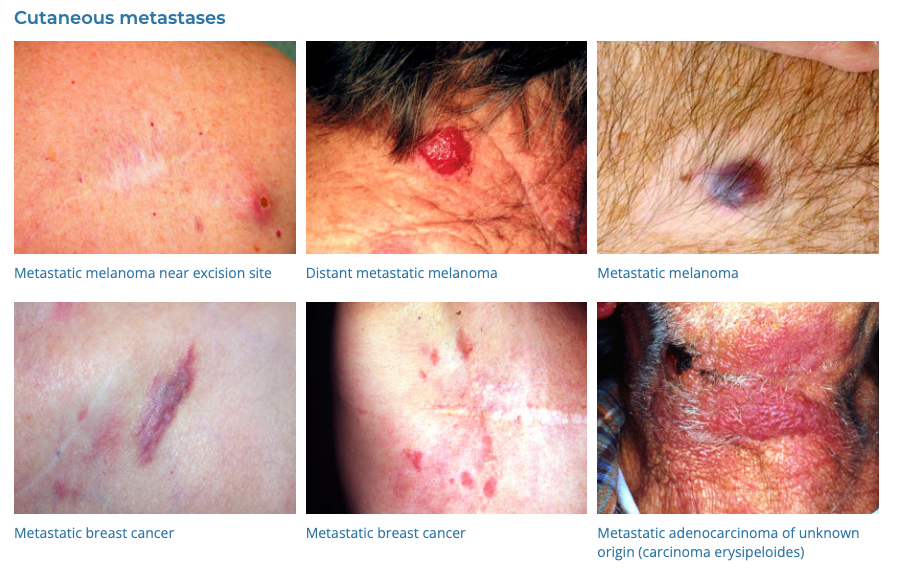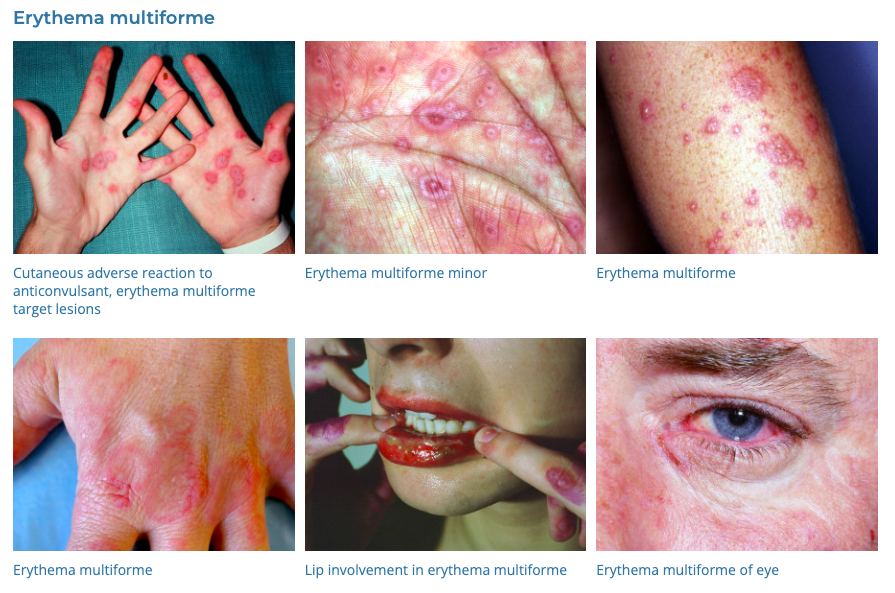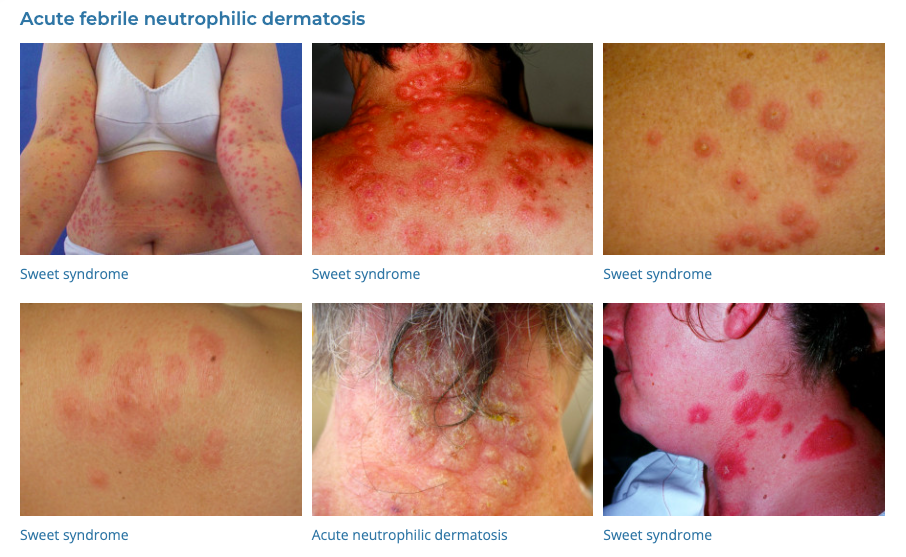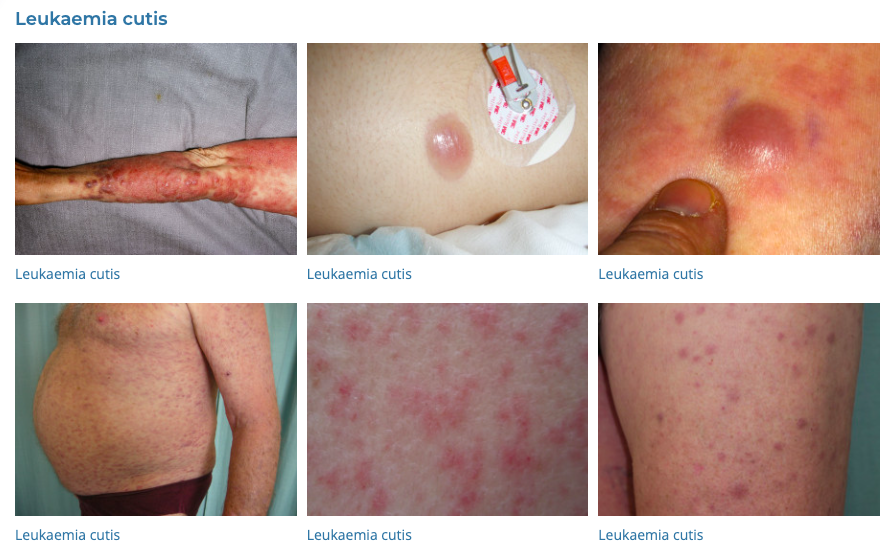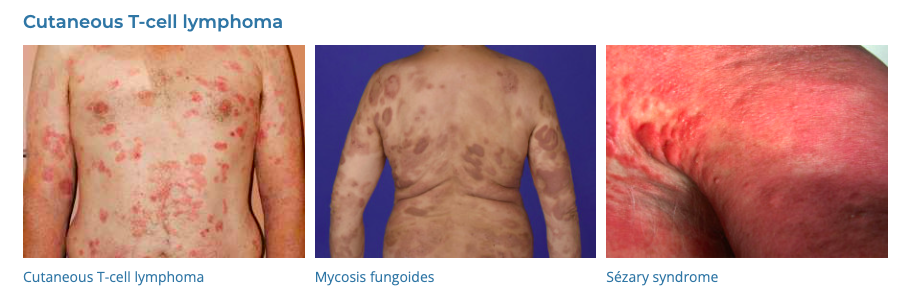Many systemic diseases, including cancer, can present with cutaneous manifestations. In fact, skin changes are sometimes the first sign of a systemic disease, making dermatology a key part of the diagnostic process. Here are some common dermatological manifestations of cancer:
Paraneoplastic Syndromes: These are signs or symptoms that occur as a result of a disease or condition (such as cancer) in another part of the body. Examples include:
- Acanthosis nigricans: This condition is characterized by dark, velvety discoloration in body folds and creases, usually in the armpits, groin, and neck. It’s often associated with gastrointestinal adenocarcinomas.
- Dermatomyositis: A condition characterized by a distinctive skin rash and muscle weakness, which can sometimes be associated with underlying malignancies, especially ovarian, lung, colorectal, and pancreatic cancers.
- Paraneoplastic pemphigus: This is a rare autoimmune blistering disorder associated with malignancies, most commonly lymphomas and leukemias.
- Erythema nodosum: This is associated with leukaemia and lymphoma
- Granuloma annulare: can be associated with breast cancer
- Skin Metastases: These are skin lesions that have spread from cancers in other parts of the body. The most common cancers that metastasize to the skin are breast cancer in women and lung cancer in men.
- Erythema multiforme: This is an acute, self-limiting, type IV hypersensitivity reaction associated with certain infections, medications, and cancers.
- Pruritus (itching): Generalized pruritus can be a sign of systemic disease, including malignancy. Lymphomas and leukemias are often associated with pruritus.
- Sweet’s Syndrome (acute febrile neutrophilic dermatosis): Characterized by painful skin lesions that appear mainly on the arms, face, and neck. The syndrome is often associated with cancers of the blood, like leukemia.
- Leukemia Cutis: This is a condition in which leukemic cells infiltrate the skin, producing localized or disseminated skin lesions. It is commonly associated with acute myeloid leukemia.
Cutaneous T-cell lymphoma (CTCL): This is a class of non-Hodgkin lymphoma, which is a type of cancer of the immune system. Unlike most non-Hodgkin lymphomas (which are generally B-cell related), CTCL is caused by a mutation of T cells. The malignant T cells in the body initially migrate to the skin, causing various lesions to appear. Mycosis Fungoides is the most common type.
Basal cell carcinoma, Squamous cell carcinoma, and Melanoma: These are primary skin cancers which can occur due to UV exposure and other risk factors such as family history or immunosuppression.



